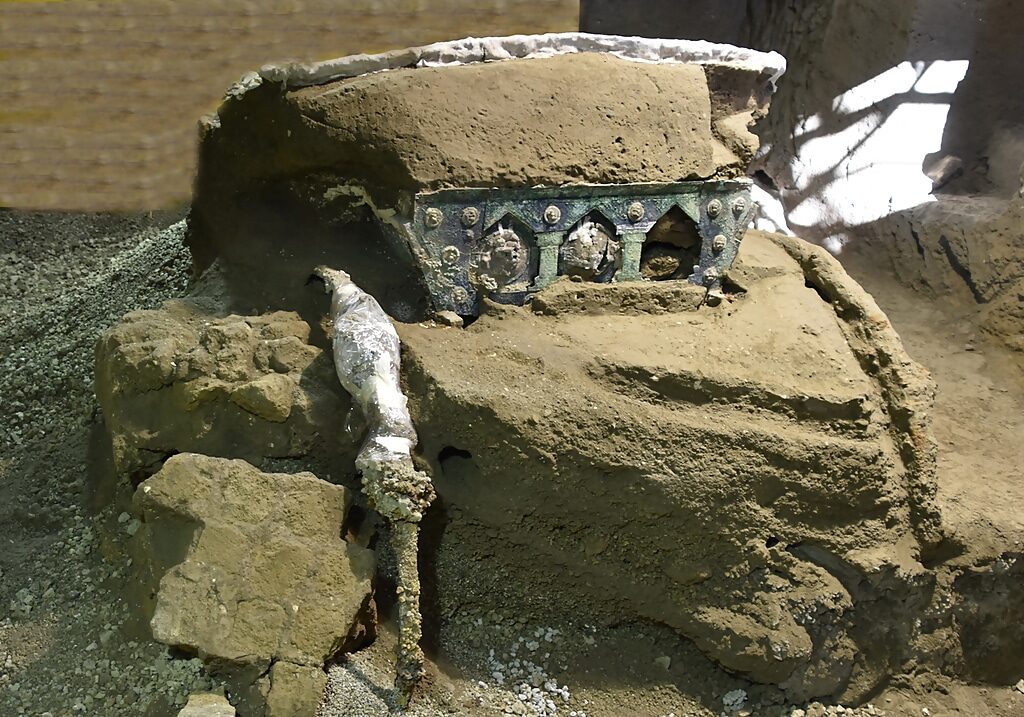
The "exceptional discovery" has already been described by one expert in the ancient world as the equivalent of discovering a Roman-era sports car.
"Many of the vehicles I'd written about before ... are your standard station wagon or vehicle for taking the kids to soccer. This is a Lamborghini. This is an outright fancy, fancy car," said Eric Poehler, a classics professor at the University of Massachusetts Amherst.
The chariot boasts four iron wheels, with luxurious metal arm and backrests, and a comfortable seat for two people, all adorned with iron components, and beautiful bronze and tin decorations featuring satyrs, nymphs, and cupids.
The chariot managed to survive in such pristine condition as it was stored in a portico that shielded it from both the eruption of Mount Vesuvius that buried Pompeii nearly 2,000 years ago, and those of subsequent centuries. During that initial eruption, the portico's walls and ceiling collapsed and packed the site with volcanic ash.
Over the centuries, looters and grave robbers had tunneled through the area, located some 23km (14 miles) to the southeast of Naples, but had somehow managed to avoid digging through the exact point where the 'sports car' chariot was stored.
Since it was discovered on January 7, archaeologists have undertaken weeks of painstaking work at the Unesco World Heritage Site to unveil the long-lost Lambo'. The Pompeii team used specialized techniques to remove it without damaging it or its surroundings because, given how many treasures the lost city is still throwing up to this day, this may well not be the last.
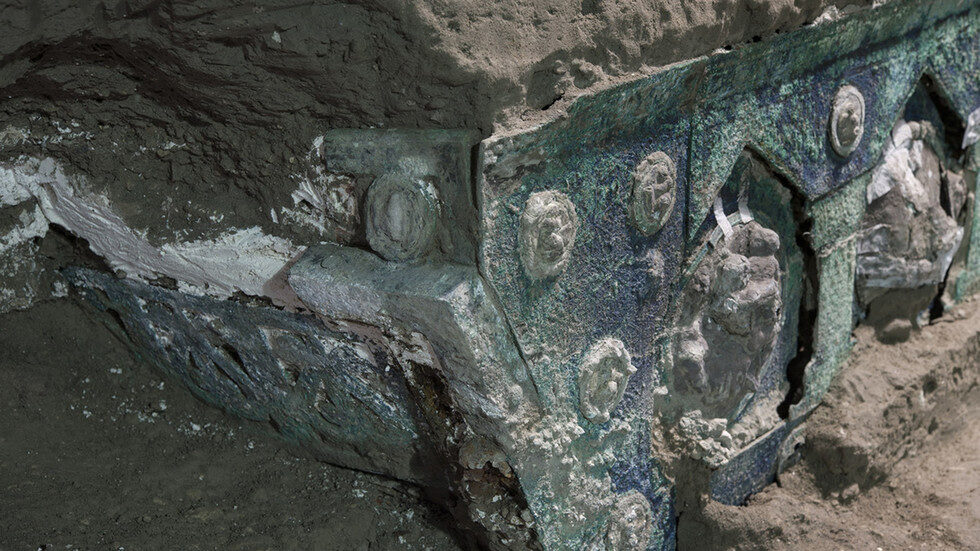
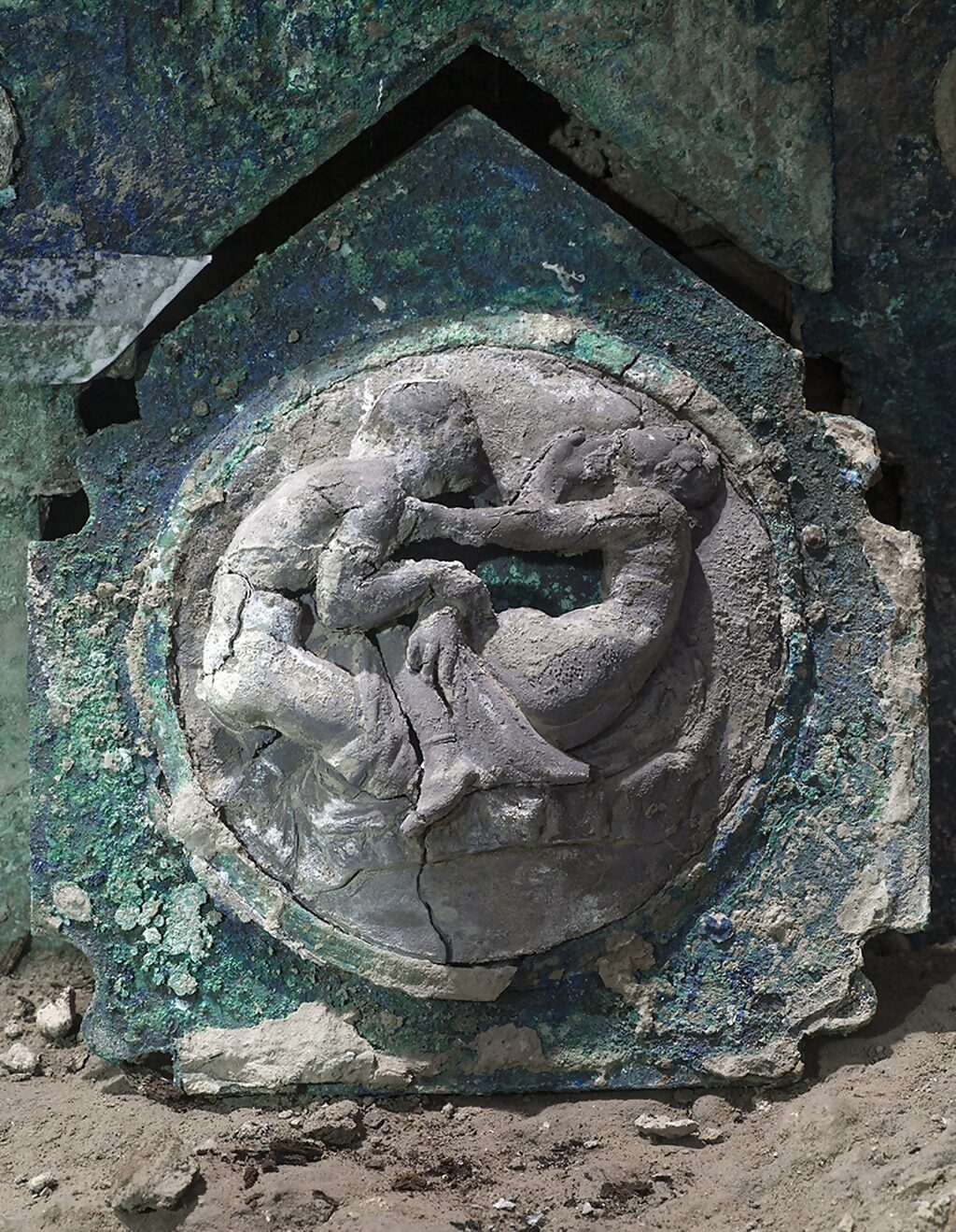
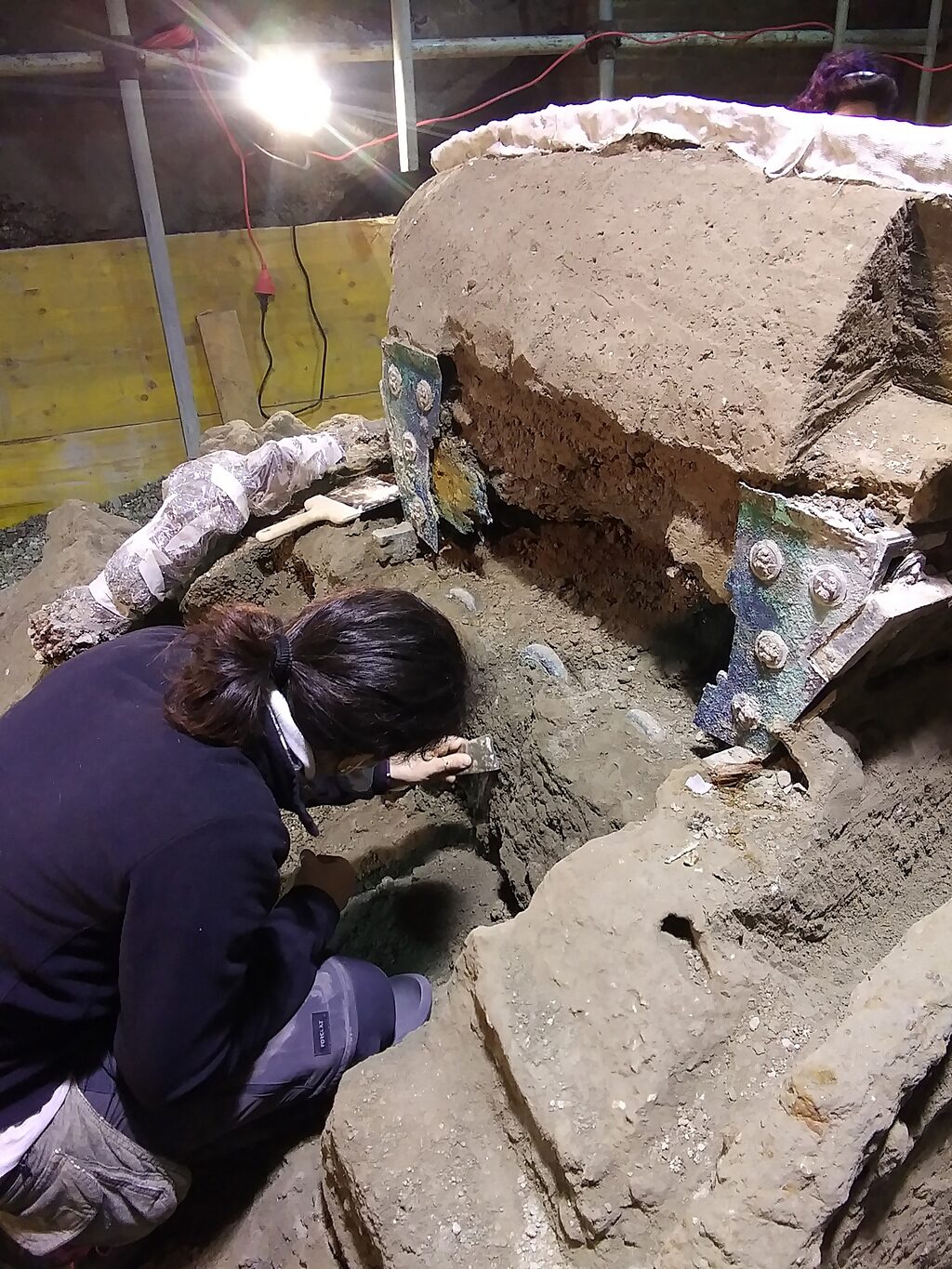
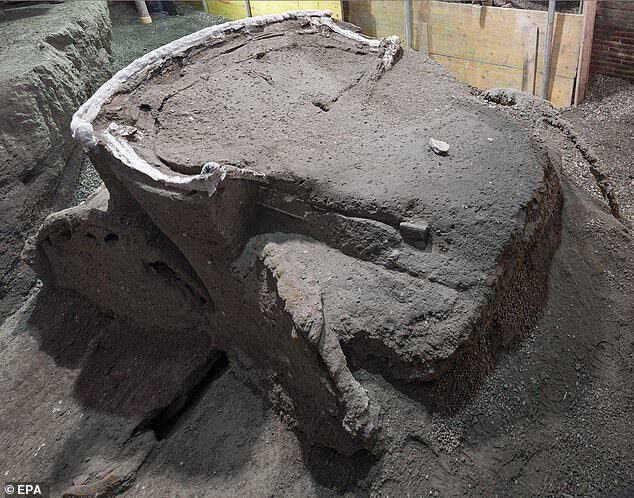
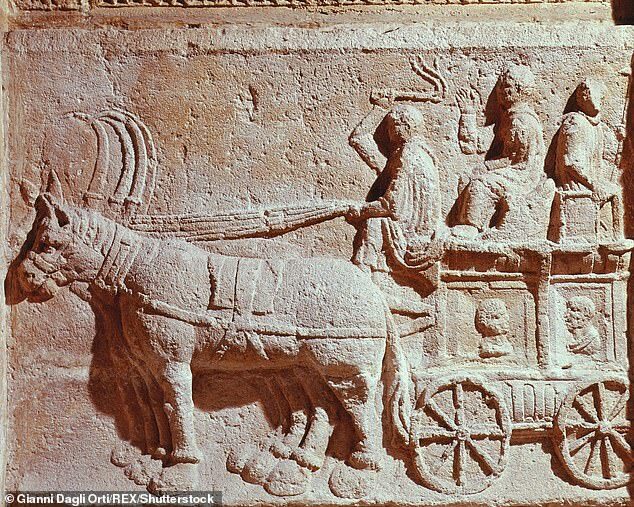



That's an early Maserati all day long.